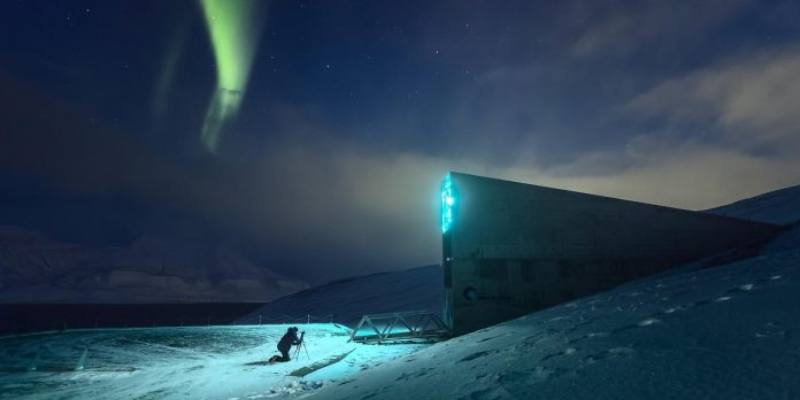


The Svalbard Global Seed Vault, which is a long-term storage facility that established to save plant species from extinction and replant in the event of a possible global disaster, is attracting more and more attention.

The ‘Global Seed Vault’, opened in Longyeatbyen, Norway in 2008, is the world’s largest collection of crop diversity. The project is carried out with support of the Global Organization for Crop Diversity (GDTC) and the Norwegian government. The seeds are stored in warehouses that are resistant to even nuclear explosions. The project, is also known as the ‘Doomsday Vault’ and costing around $9 million, is said to have been financially supported bu wealthy business people around the world. Norway’s other supporters in this project are the USA, UK, Germany, Switzerland and Canada. These countries, transfer approzimately 150 thousand dollars of financial support from state donations every year.
Close to 4 million seeds are preserved in the vault which was built 130 meters deep in a mountain on the island of Spitrbergen in nothern Norway. The temperature setting, which is fixed to minus 18 degrees, provides the most suitable environment for these seeds to survive.

Although it became operational in 2008, the Svalbard Global Seed Vault has been in preparation since 1983 and brings some conspiracy theories as it is about an issue that concerns the whole world and worries about the future.
While US journalist F. William Engdahl claims that this vault is part of a “plan to take over the world economically and genetically,” some conpiracy theorists poin out that the Rockefeller Fund is one the important supporters of the seed vault. For whatever purpose, it is an important step to protect the entire seed resource in the world aginst possible disasters. The real question is, will everone benefit from these seeds when the ‘apocalypse’ scenario becomes true?